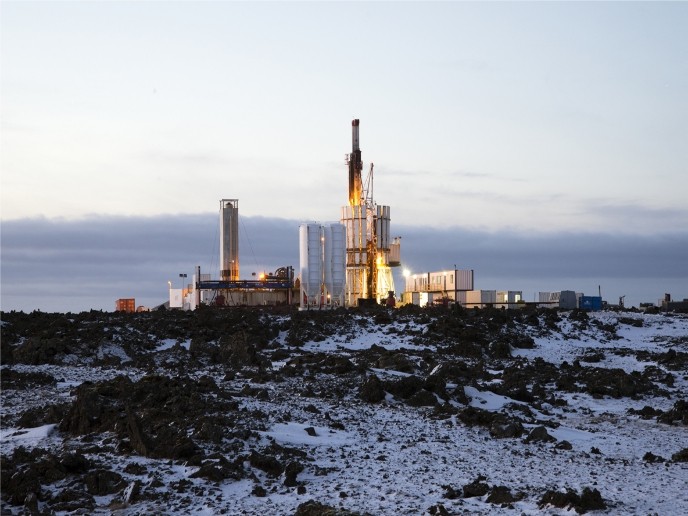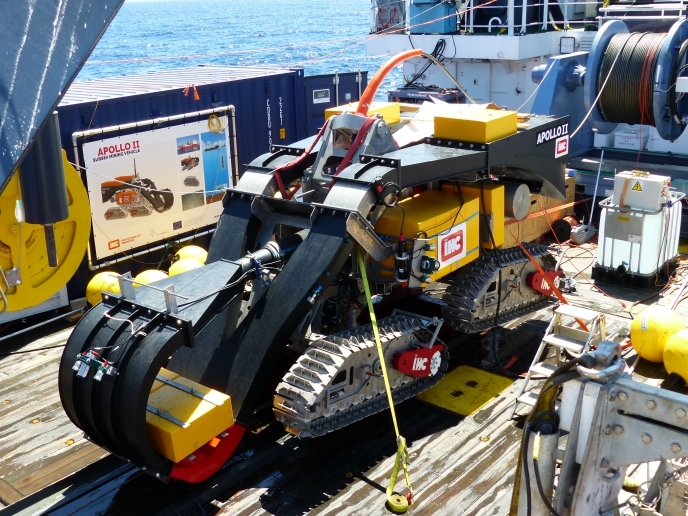Drinking water from the sea using solar energy
Reverse osmosis (RO) desalination is one of two traditional desalination methods. In RO, water is forced through a filtration membrane at high pressure. Undesired substances restricted by the size of filtration membrane pores are retained on the pressurised side of the membrane. The only energy requirement is for initial pressurisation of the sea water. Having said that, RO desalination is expensive and energy intensive due to the high throughput. One way to reduce both cost and energy consumption is to provide the mechanical energy required for RO using a low-temperature Organic Rankine Cycle (ORC) system in combination with solar cells. ORC is a thermodynamic cycle for recovering low-temperature (typically ‘waste’) heat and converting it to another more useful form of energy such as electrical or mechanical energy. Solar cells can supply the heat energy to the ORC, which then produces mechanical energy to pressurise the water. Much attention has been given recently to the potential of supercritical fluids used in the ORC for optimised thermal efficiency in conversion of waste heat to electricity. European investigators delivered an innovative stand-alone solar desalination system based on a low-temperature supercritical ORC with funding for the RO-Solar-Rankine project. The system eliminated the need for energy storage and exhibited higher efficiency translating to higher fresh water production rates. Investigators also examined environmental as well as socioeconomic impacts of the new system and developed a strategy for market penetration. Commercial implementation of the RO-SOLAR-Rankine system should enable climates such as those in the Mediterranean to exploit their abundant solar energy to produce freshwater from equally abundant saltwater.







